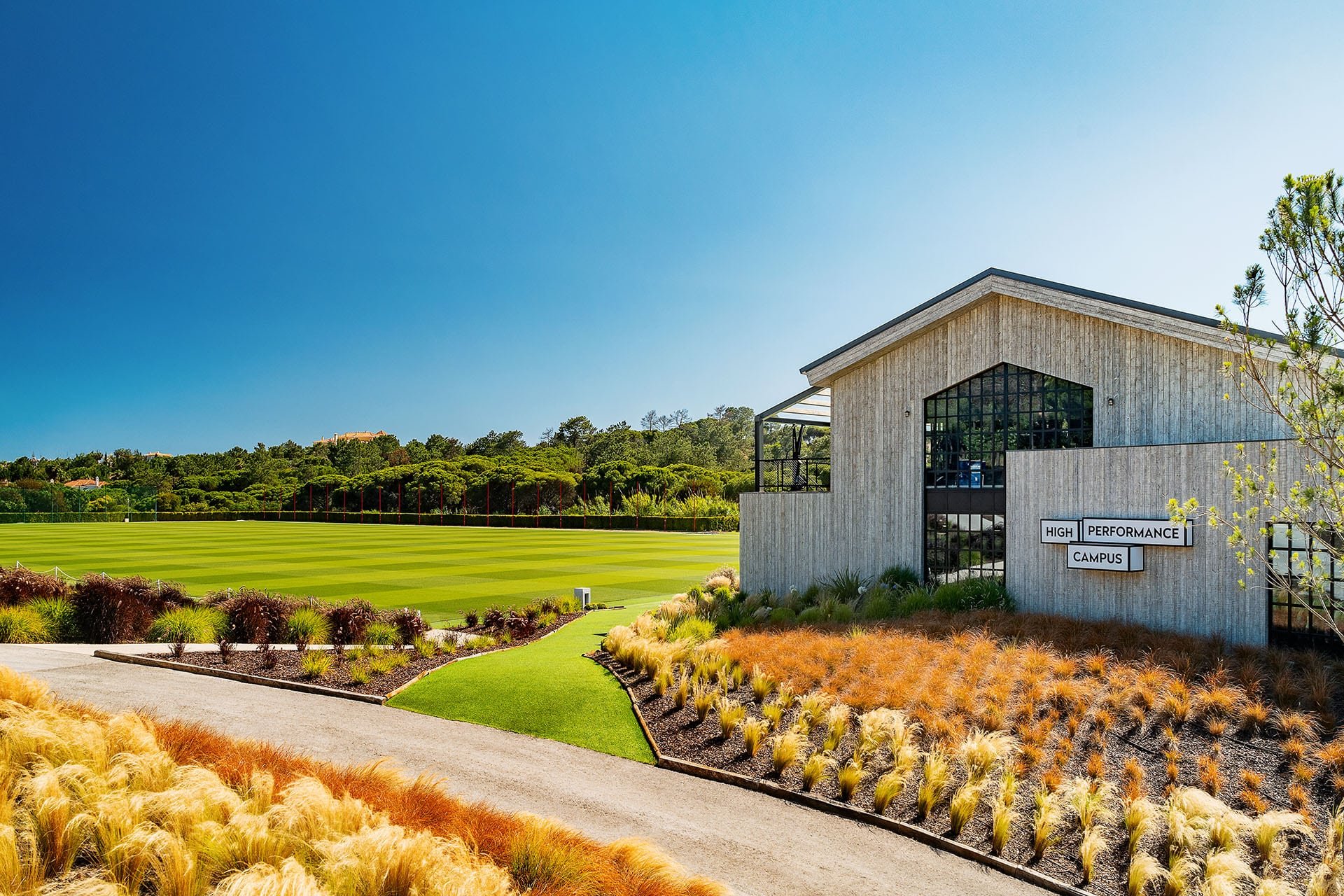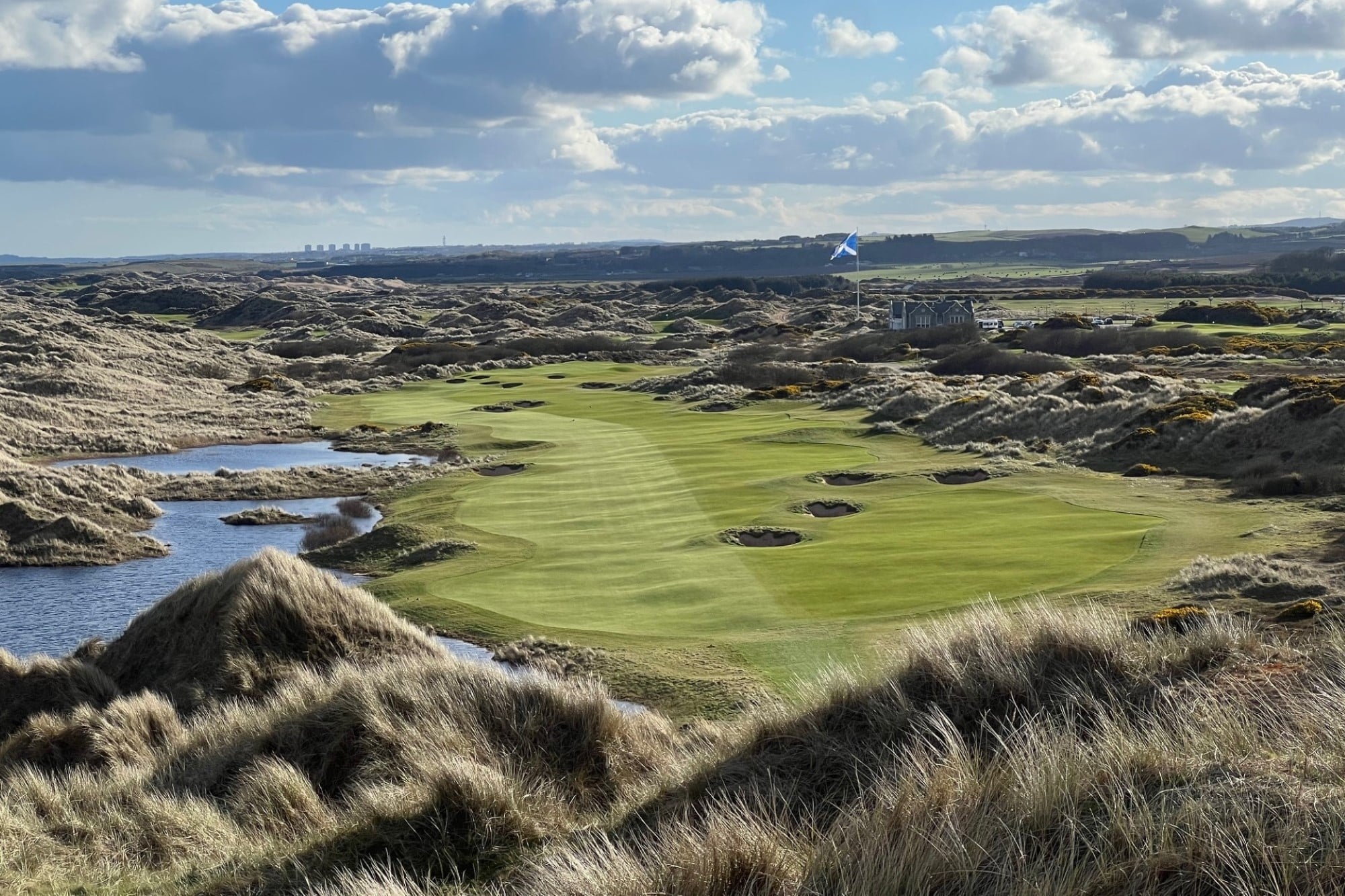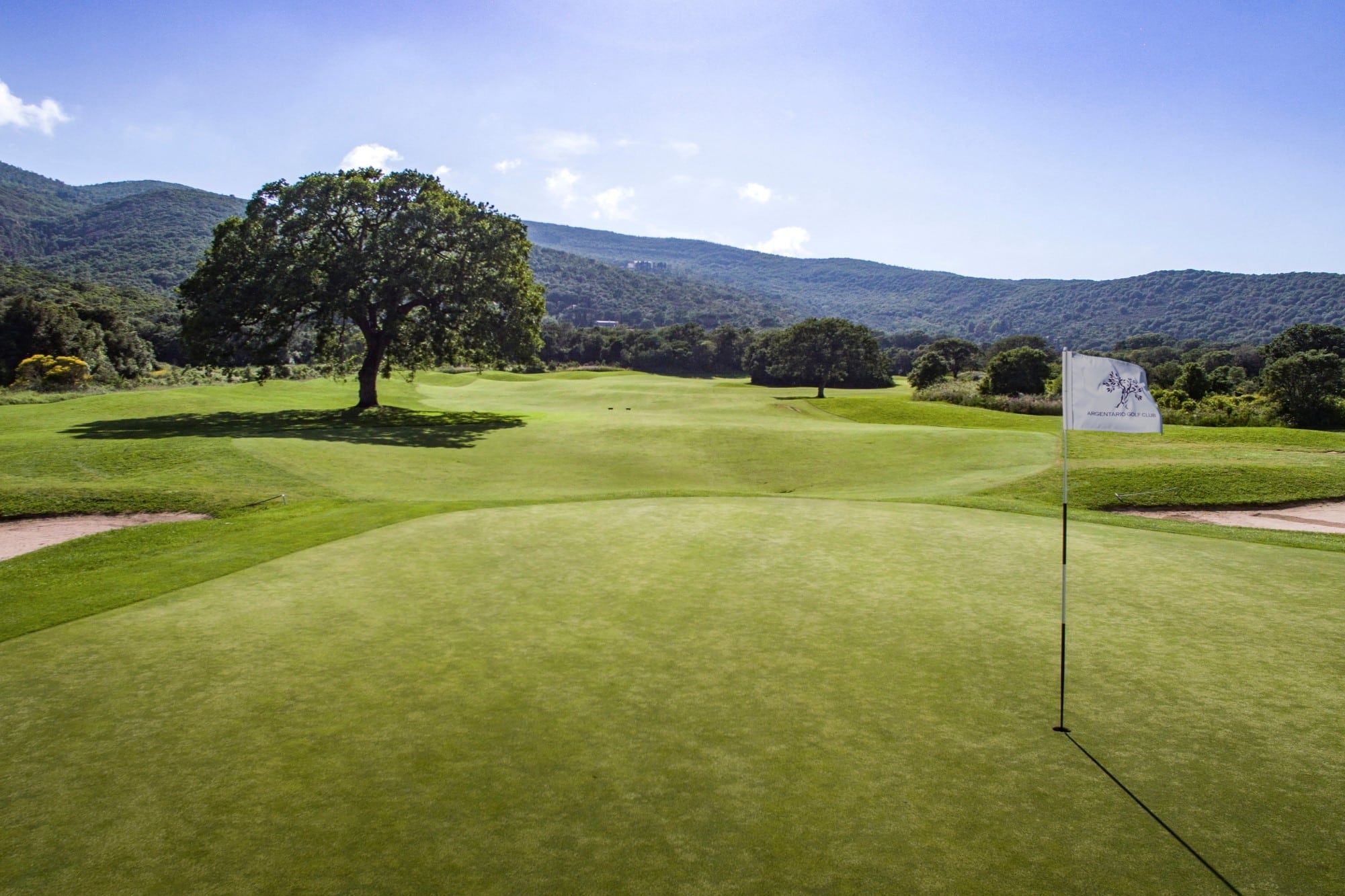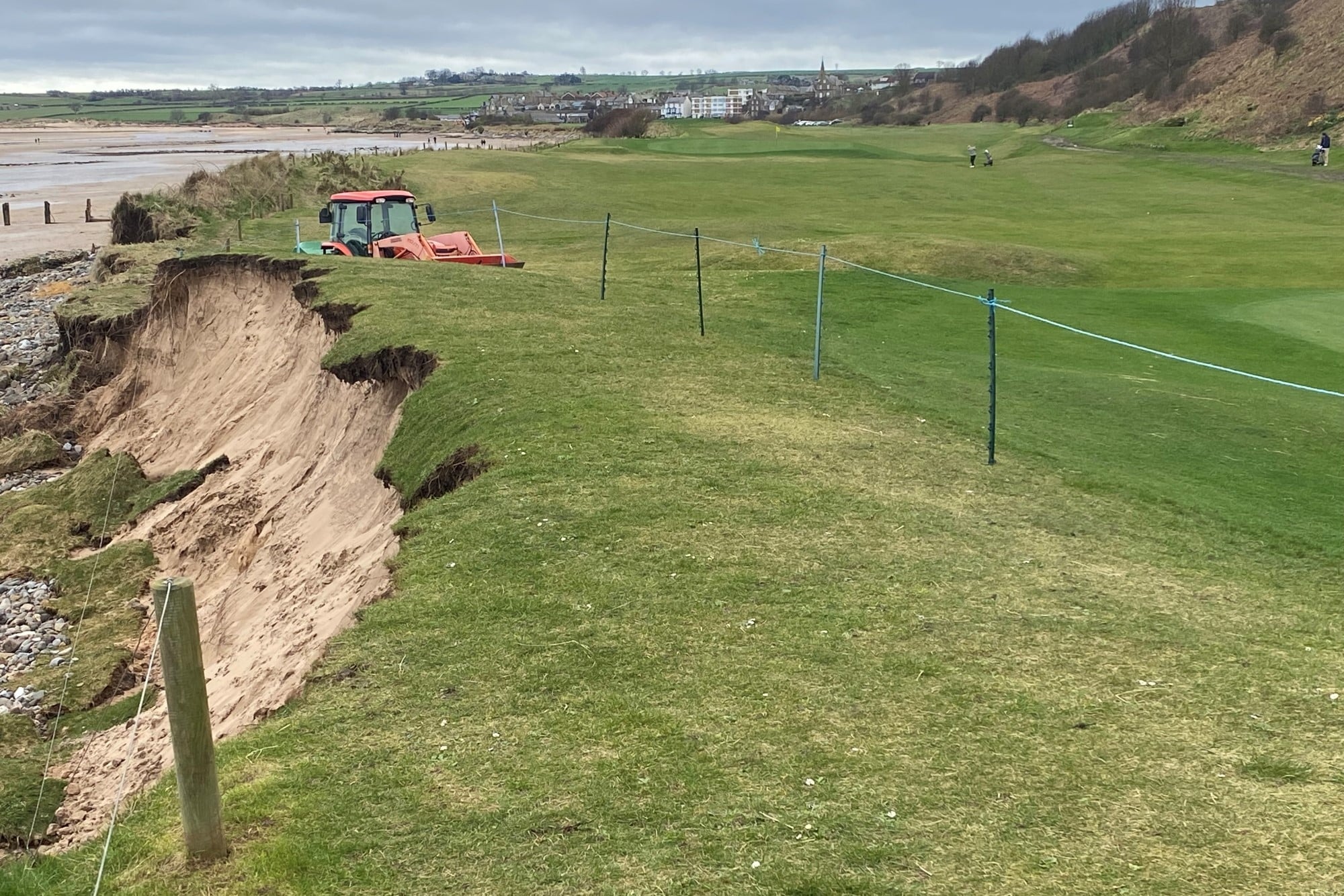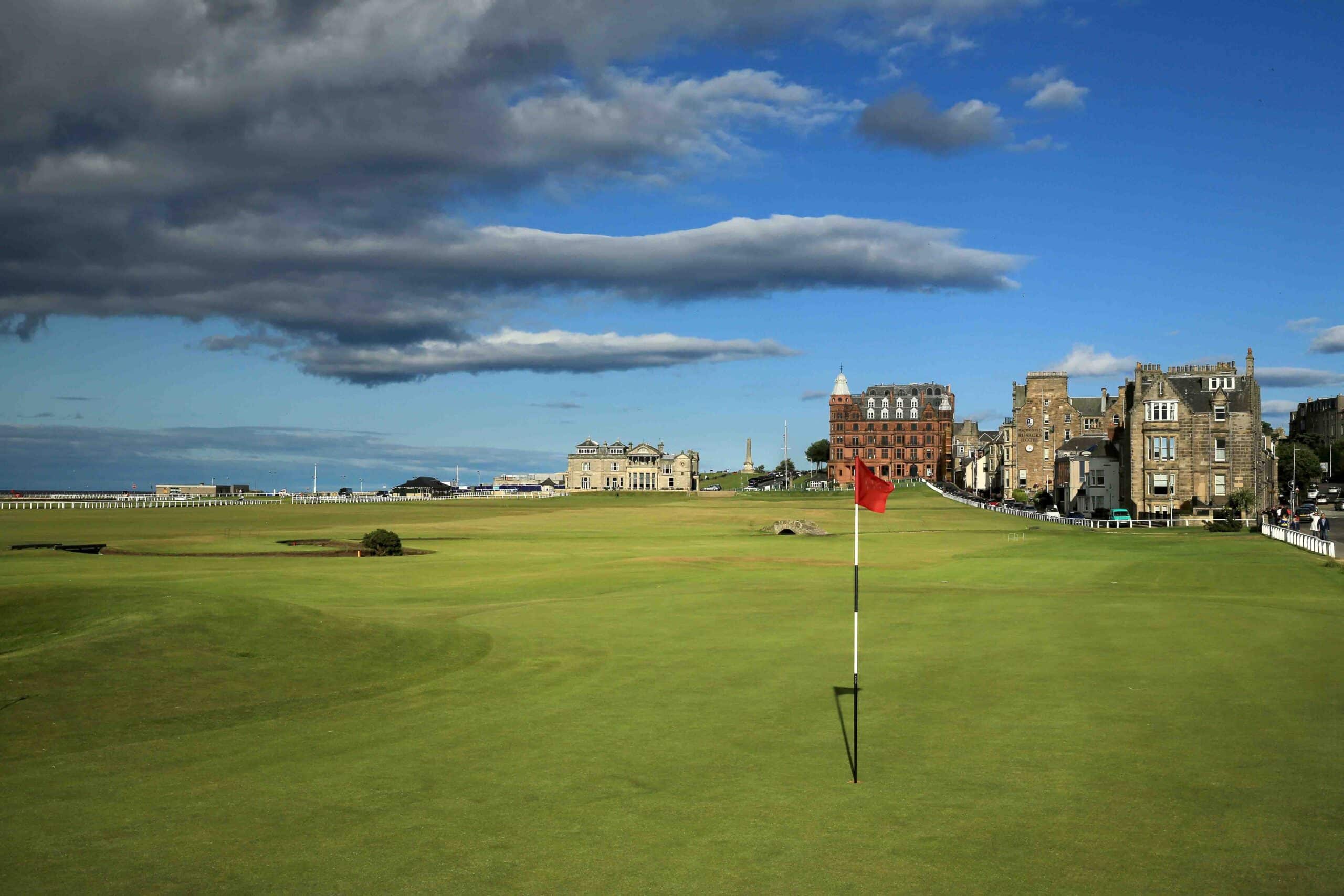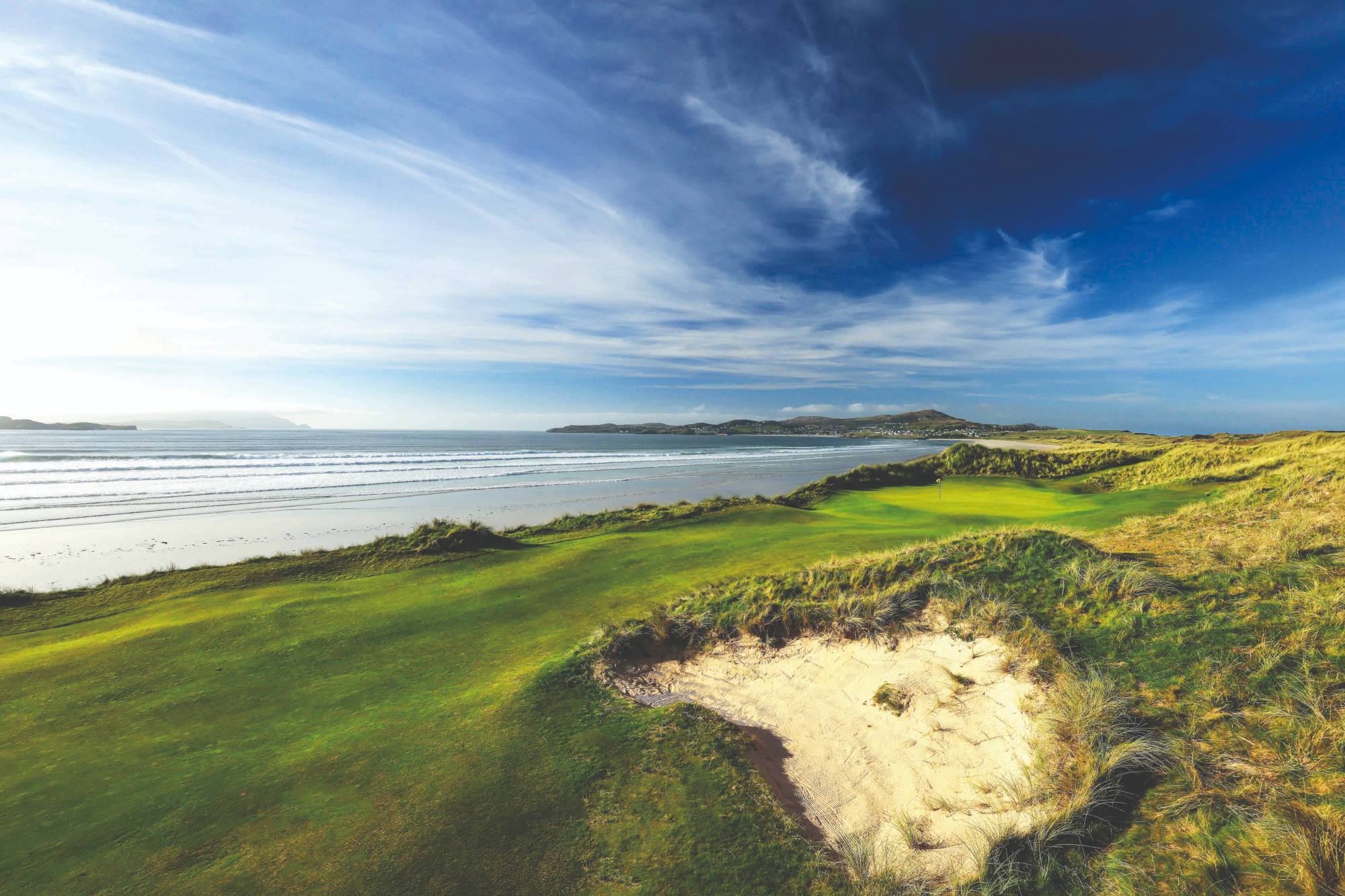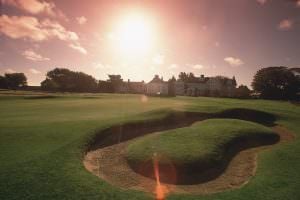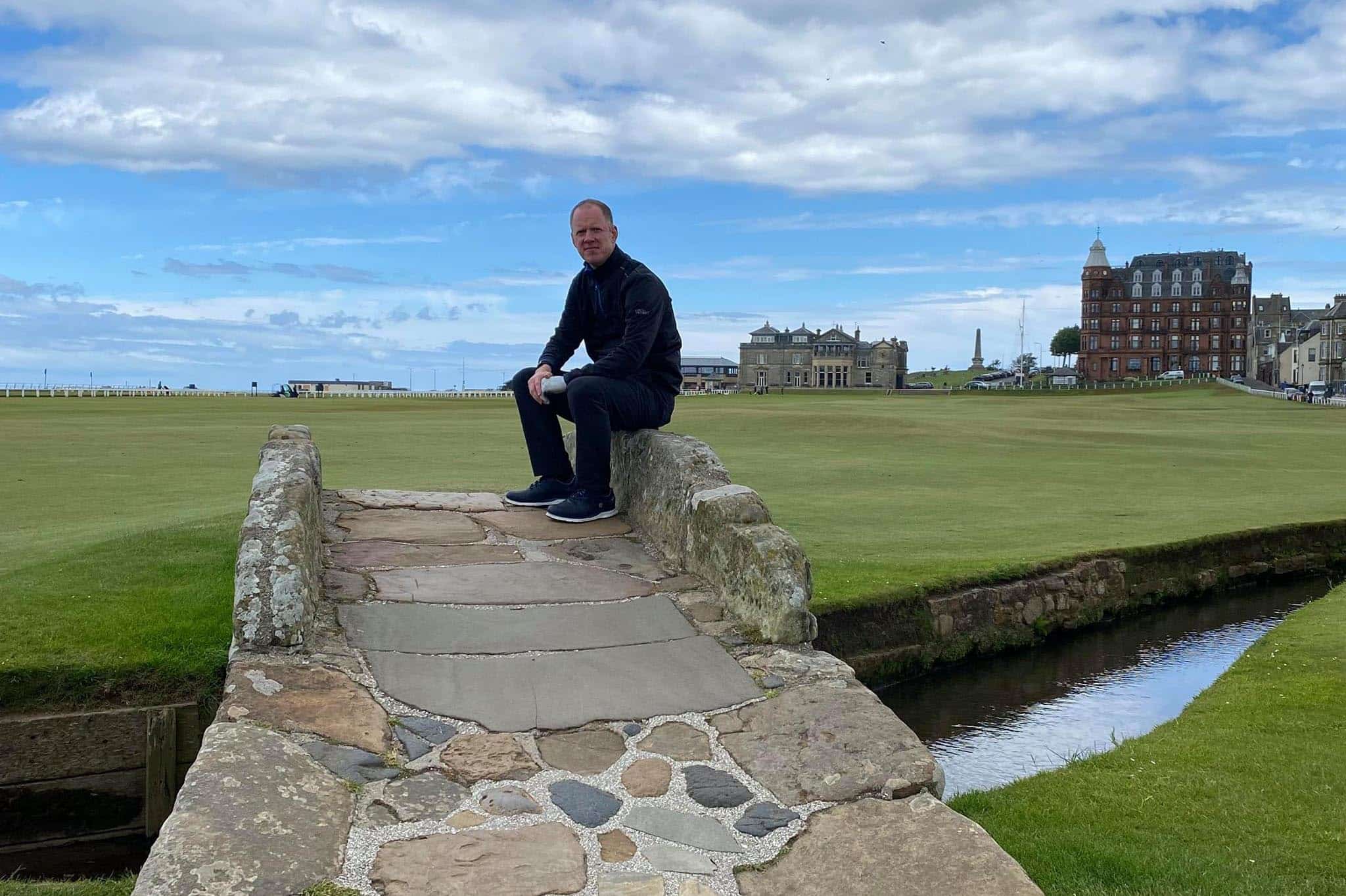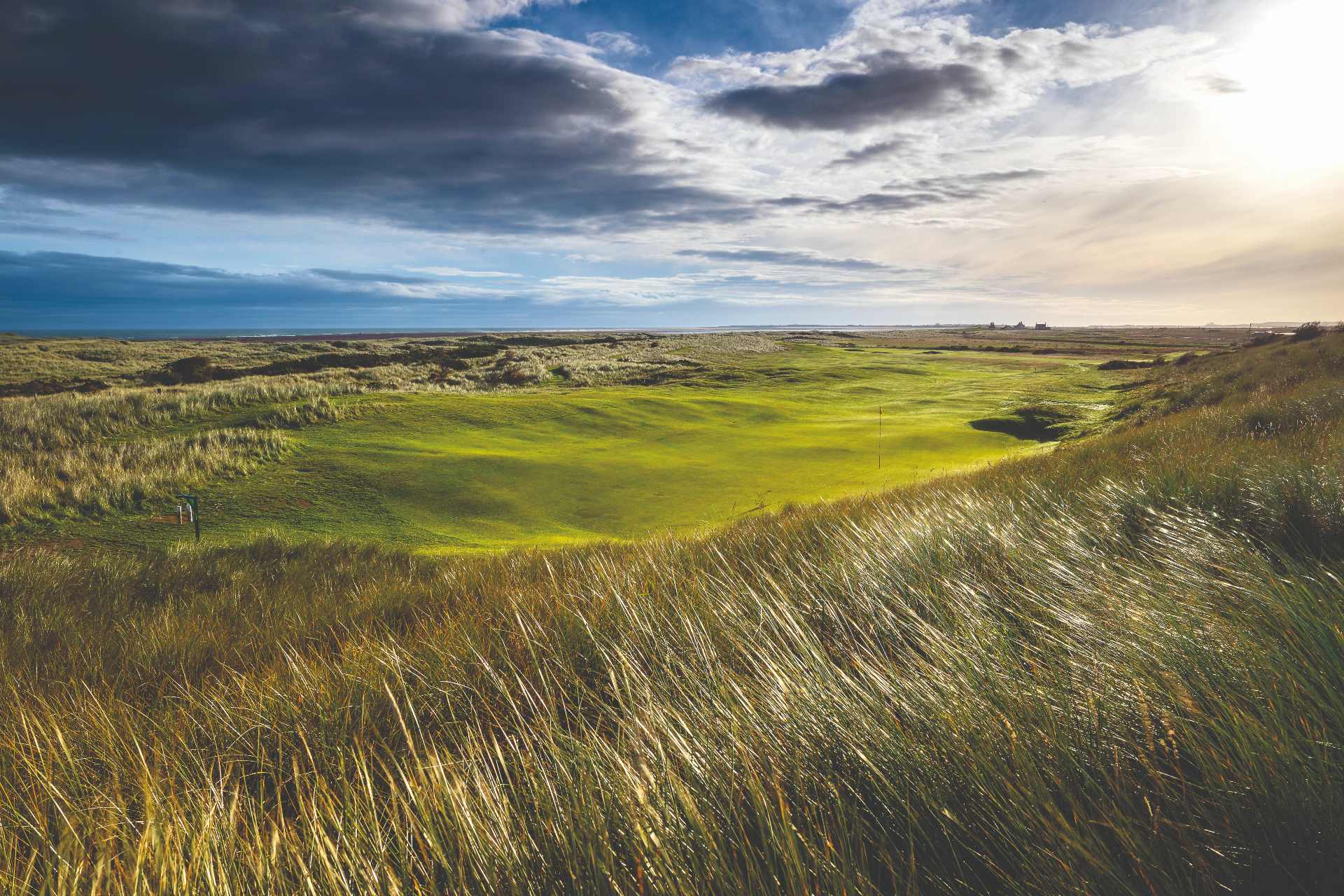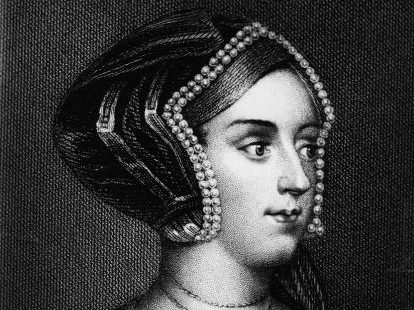
This club is famous for… being the home of a Queen
But for the odd curse from wayward shots and missed putts, Hever Castle is a tranquil place – renowned for its beautiful garden, mazes and lakes.
Who would have thought, however, that in the 16th Century the venue would play such a key role in some of the most tumultuous events in English history?
For Hever Castle was the childhood home of the nation’s tragic queen, Anne Boleyn.
Hers is a story that everyone knows.
Boy meets girl. Boy is married. Boy creates own church to take girl as new wife. Girl fails to deliver promised son. Girl slips and falls onto executioner’s blade at the Tower of London.
What is less well told is the part this Kent home played in the drama.
With the oldest parts dating back to around 1270, Hever Castle was originally a country house.
Anne Boleyn’s father, Thomas, was born there in 1477 and inherited the castle 28 years later on the death of his father, Sir William Boleyn.
While there is some conjecture as to whether Anne was actually born at Hever, what is beyond question is that she lived there at two distinct points in her life.

The first was as a young child, before she was sent to the Netherlands to be educated in 1513, and the second was ten years later when she was exiled from Henry’s Tudor court after trying to marry Lord Henry Percy.
When she returned to court in 1525, and caught the eye of the King, the pair played out a romance that lasted the best part of a decade and saw her crowned queen.
Many of the pair’s early encounters took place at the nearby Bolebroke Castle, but it’s inconceivable to suggest that Hever Castle wasn’t also a venue.
Today, the castle still has one of Henry’s private locks, which he carried with him on his visits to the houses of noblemen and had fitted to doors for his own security.
Anne’s story ended badly, as we know, but the Castle had a brief epilogue in the story.
With the Boleyn’s reeling after falling out of favour, Henry took possession of the building after the death of Anne’s father, Thomas.
He bestowed it to his fourth queen, Anne of Cleves, as part of the annulment of their marriage in 1540.
What’s this all got to do with golf?
The castle passed through many hands down the centuries until, in 1903, it was bought and restored by the wealthy American businessman William Waldorf Astor.
In the 1920s, he built a 9-hole course at Hever for his own personal enjoyment and, though it was abandoned during the Second World War, it was placed where today’s Championship course now lies – about a mile from the Castle’s main entrance.
The present day course was built 24 years ago, with a second 9-hole course, the Princes, opened in 1998.
Click here for the full ‘This Club Is Famous For’ archive
Steve Carroll

A journalist for 25 years, Steve has been immersed in club golf for almost as long. A former club captain, he has passed the Level 3 Rules of Golf exam with distinction having attended the R&A's prestigious Tournament Administrators and Referees Seminar.
Steve has officiated at a host of high-profile tournaments, including Open Regional Qualifying, PGA Fourball Championship, English Men's Senior Amateur, and the North of England Amateur Championship. In 2023, he made his international debut as part of the team that refereed England vs Switzerland U16 girls.
A part of NCG's Top 100s panel, Steve has a particular love of links golf and is frantically trying to restore his single-figure handicap. He currently floats at around 11.
Steve plays at Close House, in Newcastle, and York GC, where he is a member of the club's matches and competitions committee and referees the annual 36-hole scratch York Rose Bowl.
Having studied history at Newcastle University, he became a journalist having passed his NTCJ exams at Darlington College of Technology.
What's in Steve's bag: TaylorMade Stealth 2 driver, 3-wood, and hybrids; TaylorMade Stealth 2 irons; TaylorMade Hi-Toe, Ping ChipR, Sik Putter.


